Summary
- Plasmids and Vigors add chaos and unpredictability to BioShock gunfights.
- Turning foes into allies and hacking machines provide players with extra firepower.
- Giant guardians like Big Daddies and Songbird make intense battles a must in the series.
Despite there only being three mainline games in the series, BioShock is a franchise that many people still consider to be a truly special and unique set of games that feels unlike any other FPS on the market. All of this to say, BioShock has a very distinct identity that has been created through the series’ many trends and traditions, which have been replicated in each and every game since the very first.
11:55
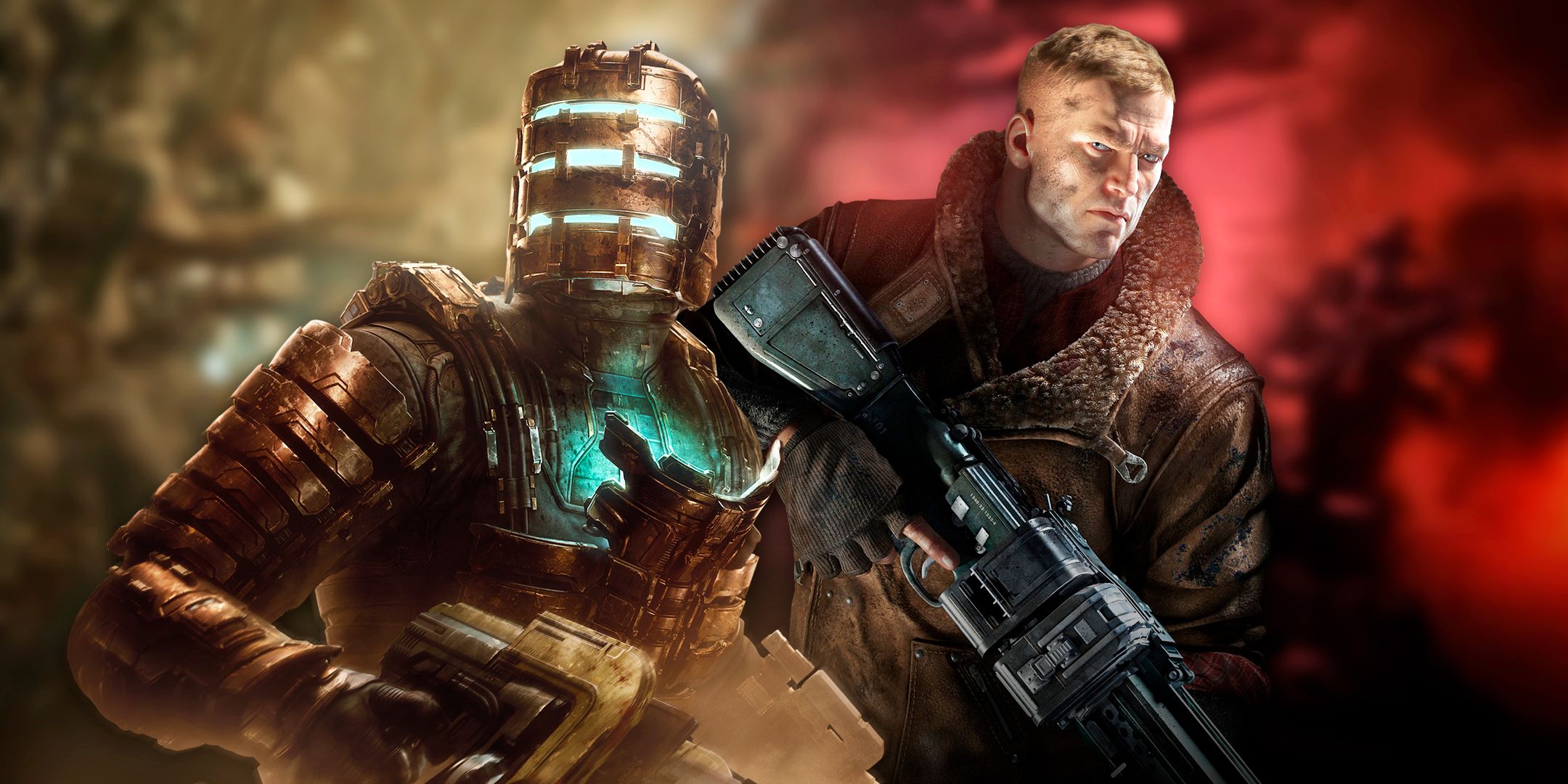
Related
The Best Games To Play If You Like BioShock
Finishing the BioShock series is such a rewarding feeling but it can be hard to know what game one should pick up next. What game could live up to it?
Though Ken Levine is currently occupied with the brand-new Judas IP, the immense popularity of BioShock makes it probable that a new entry will arrive eventually, and if it does, these traditions will certainly be there. Here are all the major trends players can expect to find every time they jump back into the weird and wonderful universe of BioShock.
7
Plasmids
Powerful Forms Of Energy That Grant The Player Unique Abilities In Combat
One major gameplay feature that helps BioShock stand out from other FPS games is the addition of Plasmids. While the protagonist will always have their gun or melee weapon in one hand, the other will be restricted to firing off Plasmids, which can be used in all kinds of ways. While Incinerate will burn a group of enemies to a crisp, Insect Swarm can throw an enemy off-guard, leaving them wide-open for players to take down, and this is just scratching the surface of what Plasmids are on offer.
BioShock Infinite would re-name these abilities to Vigors, and though they serve the same purpose, there are a few new ones players can get their hands on, including Bucking Bronco, which kicks any nearby foes into the air to prevent them from attacking. Plasmids and Vigors are ultimately what make the gunfights in BioShock games so chaotic and unpredictable, especially when the enemies also start using them in battle.
6
Turning Foes Into Friends
Players Can Always Make A Few New Allies If Things Start Getting A Little Hairy
Alongside Plasmids, another common feature of the games that makes the fights so fun to be a part of is the ability to turn enemies into allies. This can be done in the first two games by sneaking up to a turret and hacking it, giving players a little extra firepower when moving through an area or when protecting a Little Sister.
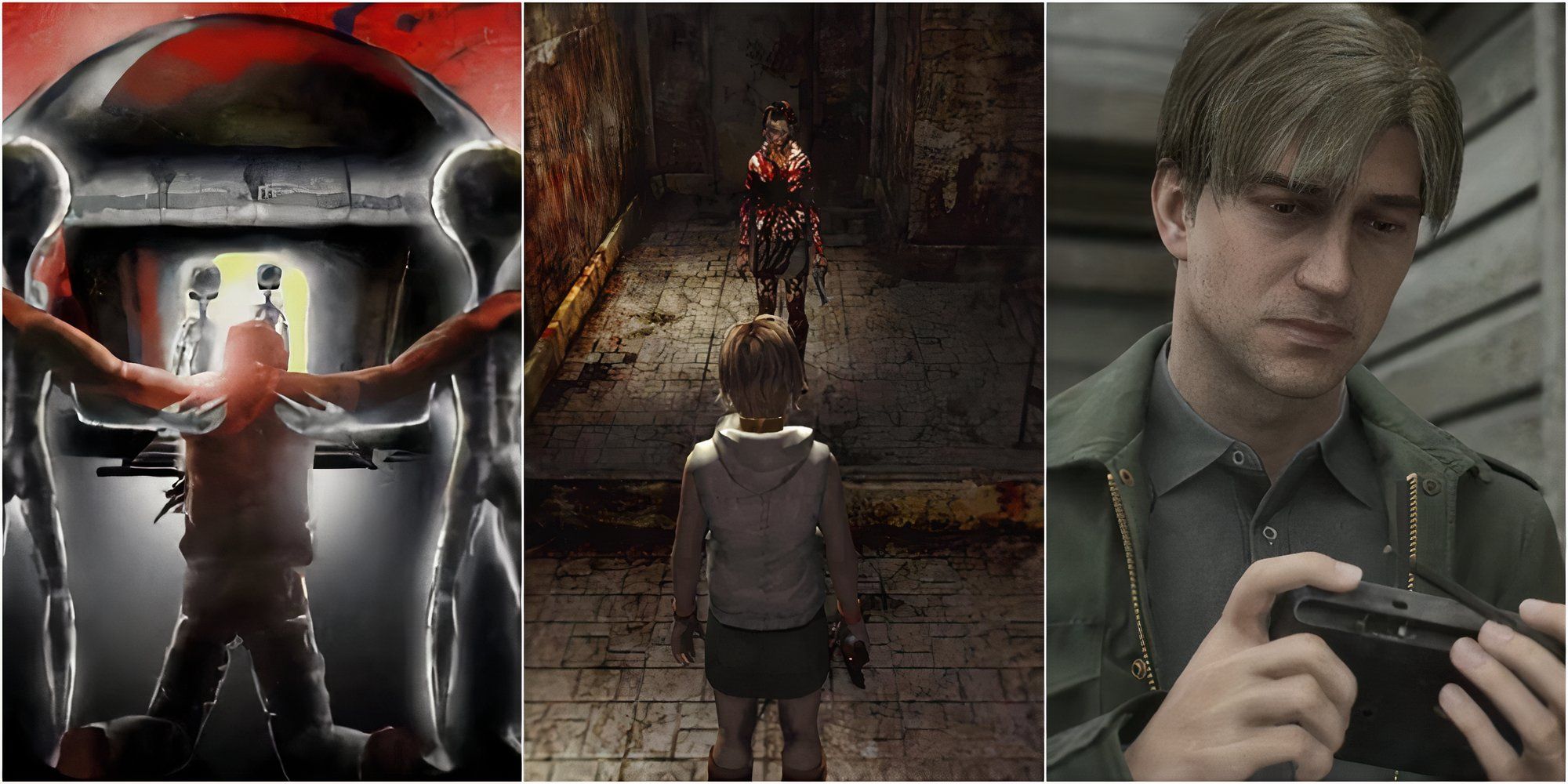
Related
Silent Hill: 8 Biggest Traditions In The Series
The Silent Hill series has been carrying forward several trends from the very first game, some horrific, others, a little more lighthearted.
This mechanic was changed up a bit in Infinite, where ‘hacking’ is instead achieved through using the Possession Plasmid. With the press of a button, players can turn machine gun-wielding mechs and rocket turrets into allies, providing them with the assistance they need to make it out of a sticky situation in one piece.
5
Giant Guardians
These Guardians Never Go Down Without A Fight, Making Them A Real Thorn In The Players’ Side
Each of the games features large, bulky enemies who act as guardians to specific characters within the story. This would take the form of both Big Daddies and Big Sisters for the first two games, who would lash out at anyone who tries to steal their precious Little Sister away from them. If players did get on the wrong side of them, they would be forced into an intense battle where they’ll need to use up every last bullet and health pack to see it through to the end.
With Big Daddies not being present within Columbia, the guardian of Infinite would instead be the Songbird; a giant bird-like machine whose spine-chilling squawks can be heard from miles away. Songbird relentlessly chases down Booker for much of the game in order to rescue Elizabeth, who it was designed to protect at all costs.
4
Audio Tapes
A Neat Mechanic That Lets Players Learn More About The Lore While Exploring
Most FPS games will give players an hour or two of gameplay, before slowing things down and providing some lore through either a cutscene or an in-game sequence after all the action has died down. This can end up slowing down the pace of the story, so to try and avoid this common issue, Irrational Games decided to introduce audio tapes into the first BioShock, which allows players to learn more about Rapture and its characters while still continuing their adventure.
No matter whether players are simply scavenging resources or blasting away a few Splicers with Plasmids, the audio tapes won’t stop unless they want them to. While more games have begun incorporating this mechanic since then, BioShock has kept it in every single game, to the point where it would feel very noticeable if it were removed for a future entry.
Rapture And Columbia Are Incredibly Creative And Outlandish Locales
Though the residents of Rapture and Columbia may not be all that friendly, the cities themselves are absolute marvels to behold, to the point where it seems like Ken Levine and the team try to one-up themselves with the location for every new entry. Rapture is a city built entirely underwater, giving it both an eerie but also jaw-dropping aesthetic that has become one of the most iconic environments in all of gaming.
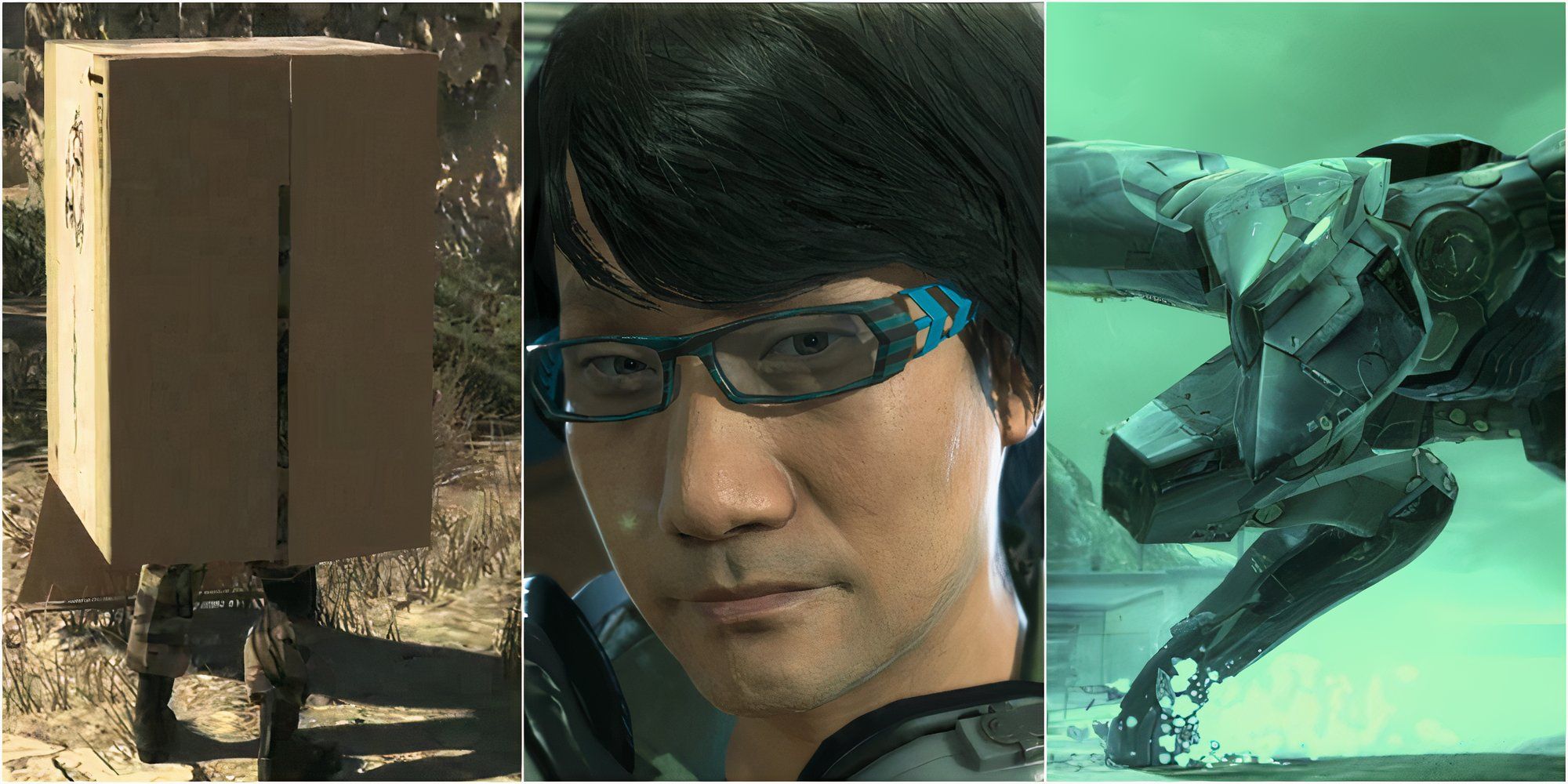
Related
Metal Gear Solid: 7 Biggest Traditions In The Series
The Metal Gear Solid series has been able to carve out a unique identity for itself in part thanks to these traditions.
Then there’s Columbia, an entire city that manages to remain airborne at all times, with each major district being connected by travel rails and aircraft. No matter what the story and tone of a BioShock game is going to be, it’s pretty much a guarantee by this point that they will always include a larger-than-life city which stretches the idea of realism as far as it can go.
2
20th Century Setting
BioShock Has Become Synonymous With Its 1900s Aesthetic
Though the BioShock games have played around with the idea of multiple timelines, the game’s aesthetic always remains rooted in the 20th century. The first game, which is based in 1960, conveys this through the music, which transports players back to the period every time it plays, along with the design of Rapture itself with its glitzy rooms and vibrant propaganda.
BioShock Infinite, which takes it back to 1912, highlights the period through not only Columbia’s design but also how the characters dress, with Elizabeth being a prime example. The series has become synonymous with this period, and it is ultimately a large part of why the games are so charming.
1
Escort Missions
Every Game Forces Players To Guide And Protect A Secondary Character
Escort missions are nothing new in video games, but the BioShock games have always placed a very big emphasis on them. In the first game, players would need to guide and protect Little Sisters as they harvest Adam; a system which became even more prominent in the second game where players assume the role of a Big Daddy.
The second game would also feature Minerva’s Den, a DLC pack where players would be tasked multiple times with protecting the sisters against ruthless hordes of enemies, making for some of the toughest missions in the series. For BioShock Infinite, players would find themselves escorting Elizabeth for not just a mission, but the entire game, though considering how useful she is in combat, that’s far from a bad thing.
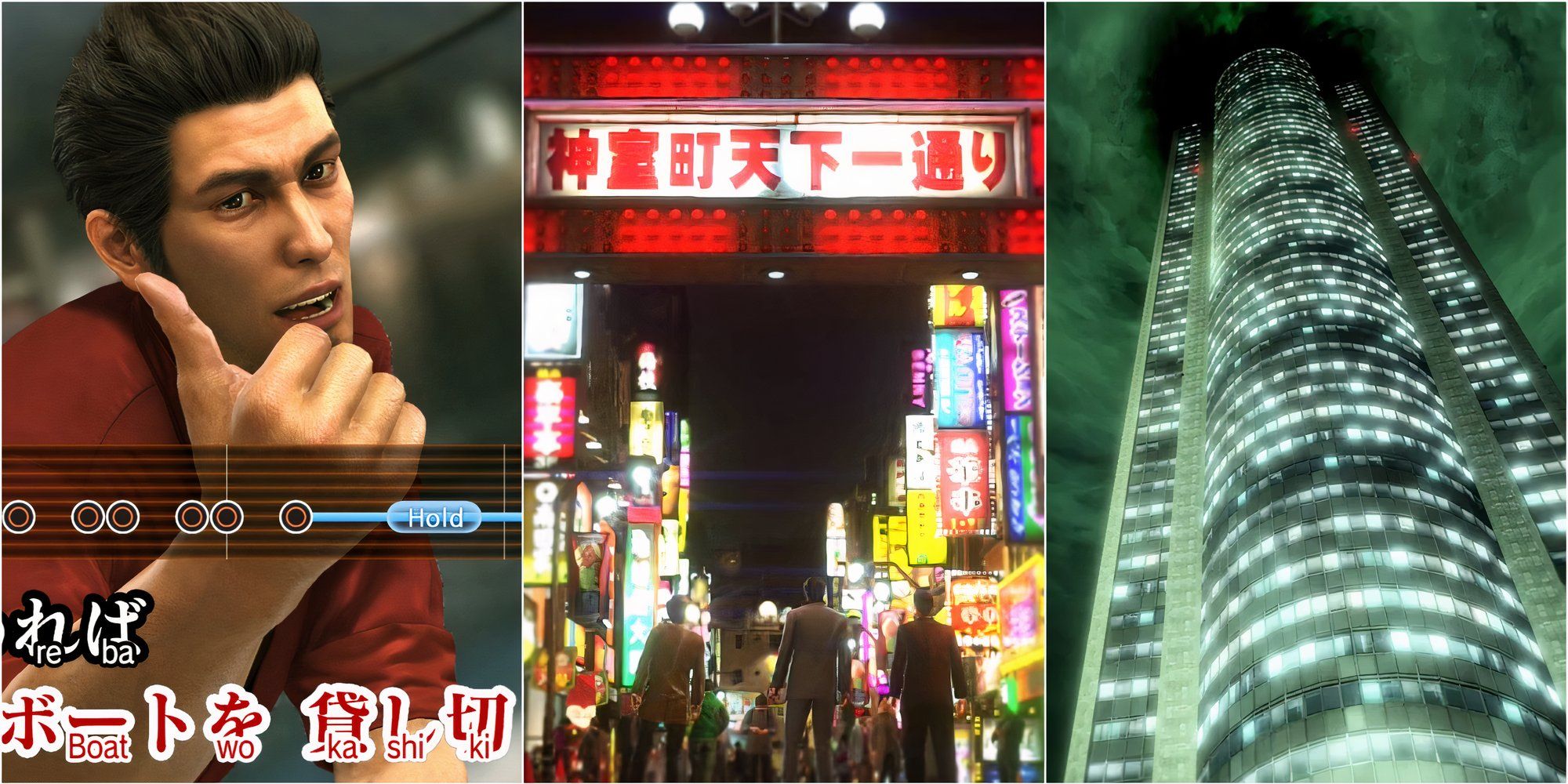
More
Yakuza: 8 Biggest Traditions In The Series
These traditions help to differentiate the Yakuza series from other games, contributing to its weird, wacky, and wonderful persona.
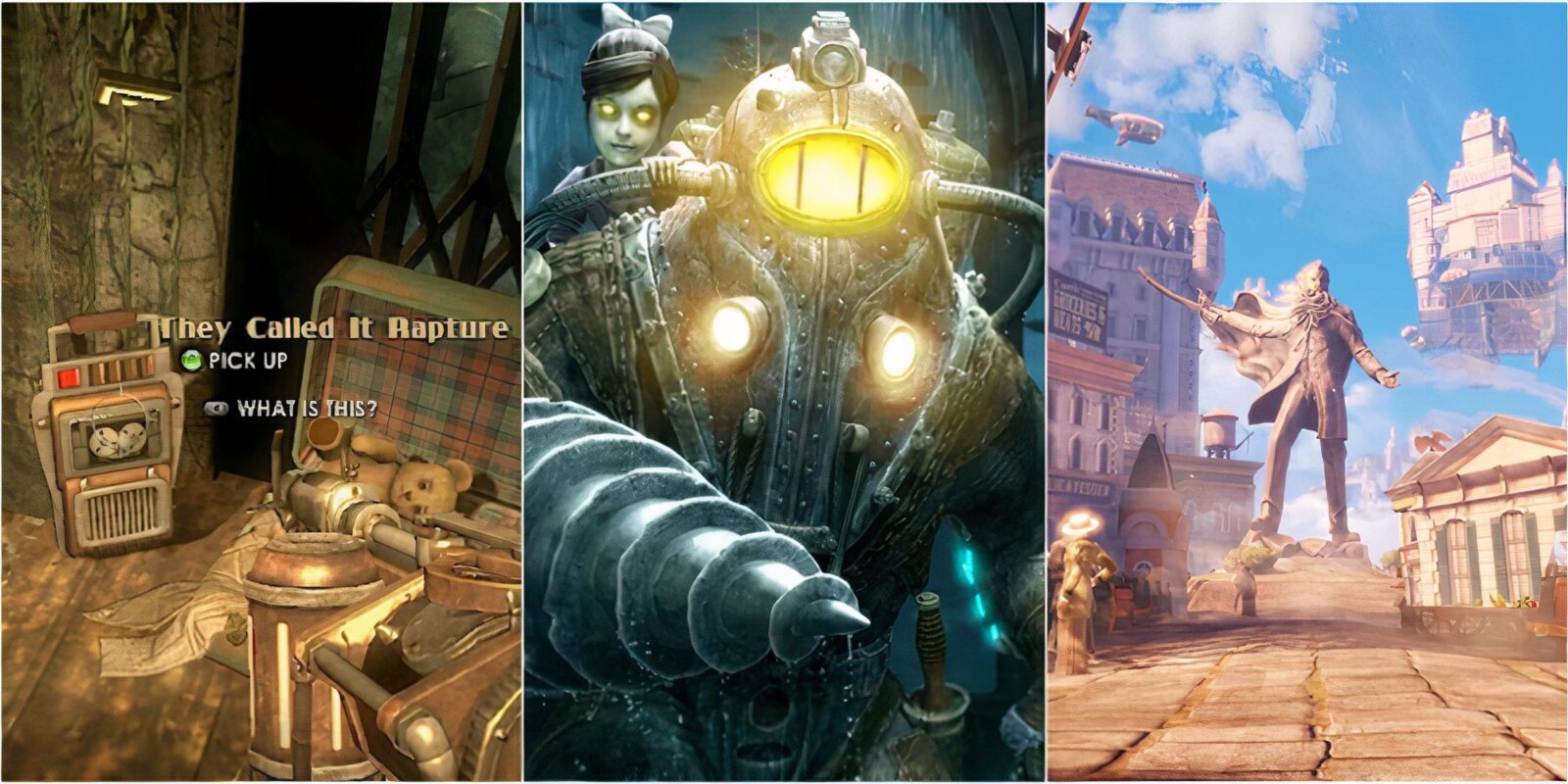











Leave a Reply